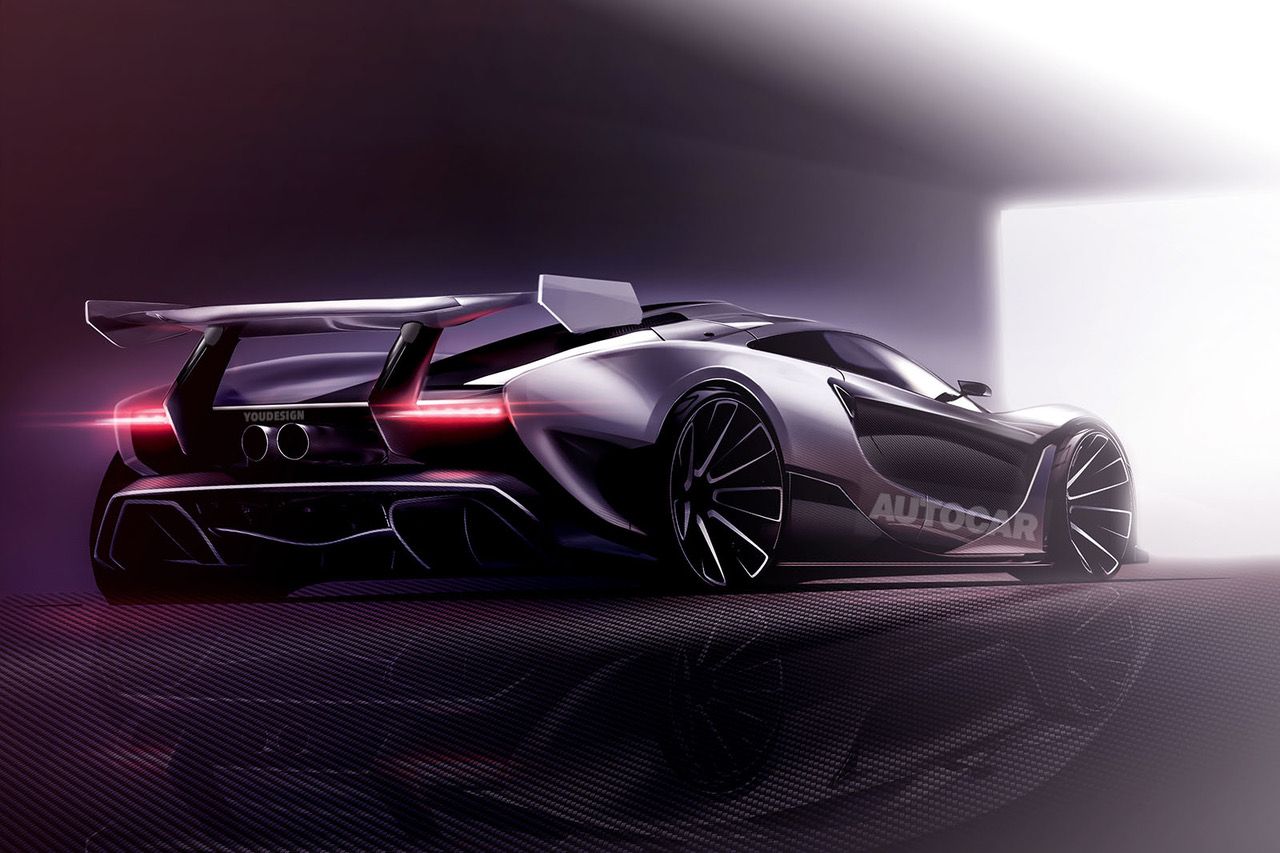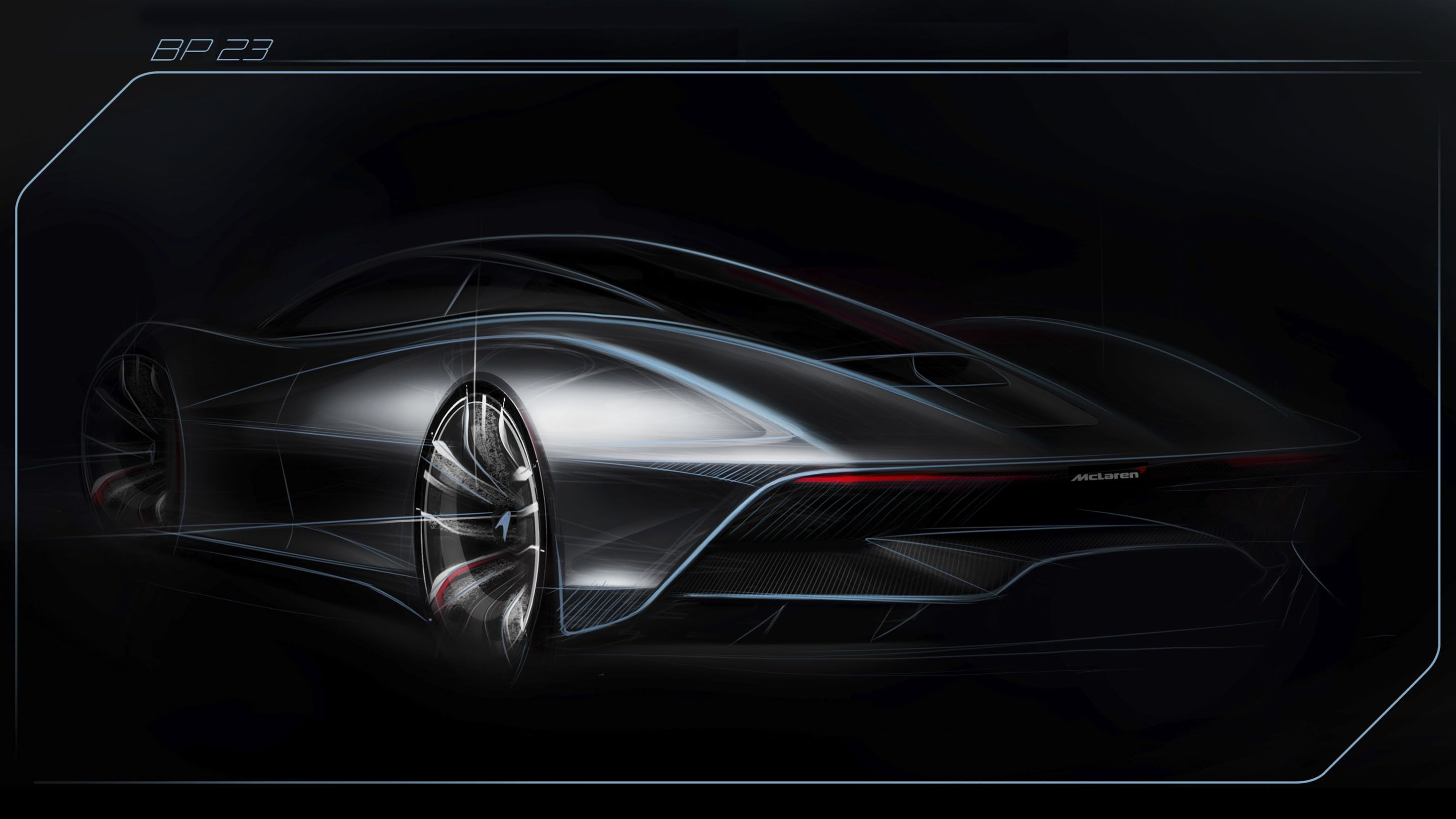The super competitive world of hypercars can be really amazing. Not only do we get some of the fastest and most powerful driving machines from it, but we also see first-hand how this space has spurred a competitive arms race among automakers. It’s great to see these companies embrace the challenge of innovation and dive in head-first. Take McLaren for example. The British automaker has already given us the P1 hypercar, and now it’s all set to follow that up with a successor that will apparently include a track-focused model that will be faster than the P1.
Word of this development comes by way of Autocar, which is reporting the new model, codenamed P15, will not only be faster than any McLaren model other than the P1 GTR, but it will also be much lighter than its predecessor. In fact, one of McLaren’s intended goals for this model is for it to have a much better power-to-weight ratio than the P1, allowing it to be much faster around the race track than the automaker’s ground-breaking hypercar. The report also says that the P15 will feature the company’s new Monocage II carbon fiber monocoque while also making extensive use of active aerodynamics to allow it to have better performances on a race track. Specific details are expected to be announced as the project advances, although it is being reported at this point that McLaren will only build 500 units of the model featuring just one variant, likely being a coupe, with a price tag of about €700,000, or around $814,000 based on current exchange rates.
Continue after the jump to read the full story.
Up to something crazy, are you, McLaren?
The McLaren P15 is touted as the most extreme road car in the company’s history, and if it actually, then you’re looking at a car that could sustain itself in hype for as long as it needs. That usually happens when the car is described as being the fastest McLaren in history other than the P1 GT3, which just so happens to be an actual race car.
Thing is though, it appears that McLaren isn’t singularly focused on developing the P15 to be the fastest at everything. Straight-line performance, according to Autocar, isn’t expected to be a priority for McLaren. So on that front, the P15 will likely fall short of the P1’s 0-to-60-mph time of 2.7 seconds. It’ll still be faster than the 720S though – that model has a 2.9-second acceleration time – so the expectation is that the P15 will have an acceleration time of about 2.8 seconds.
But here’s the catch: it may not be the fastest off the grid, but it will certainly be much lighter than the P1. According to Autocar, McLaren’s goal of keeping the P15’s weight below 1,300 kilos (2,866 pounds) saves it close to 250 kilos (551 pounds) compared to the P1. Just as important is the likelihood of the new model ditching the heavy hybrid system that powered the P1 in favor of a more traditional twin-turbo V-8 engine that will be tuned to produce 798 horsepower. Again, it’s less powerful than the 903-horsepower P1, but the lighter weight of the whole car is going to make a world of difference on how it drives around a racetrack. Add that to the expected use of active aerodynamics and we’re looking a new McLaren that could once again shake the foundation of the supercar and hypercar segments.
I don’t want to get too excited, though, because a lot of things can still happen between now and the day the car arrives. But I will tell you that I’m looking forward to seeing the P15, or whatever name it ends up taking, set race courses around the world ablaze. That’s what McLaren appears to be promising, and we know from history that those promises are usually worth their weight in gold.
Autocar,0}
Read our speculative review on the McLaren P15.
Read our full review on the 2014 McLaren P1.
Read our full review on the 2016 McLaren P1 GTR.


